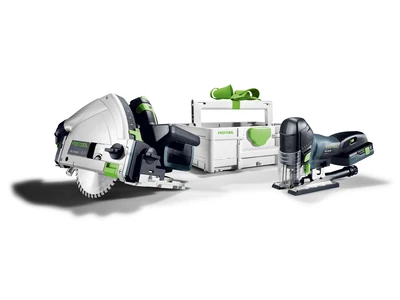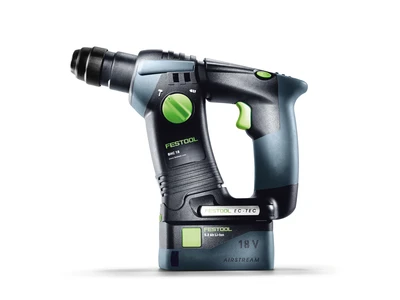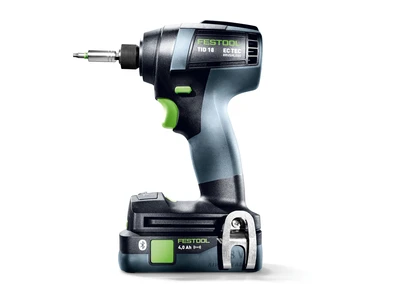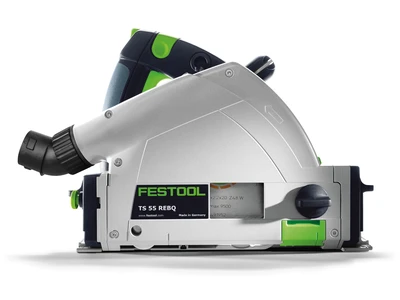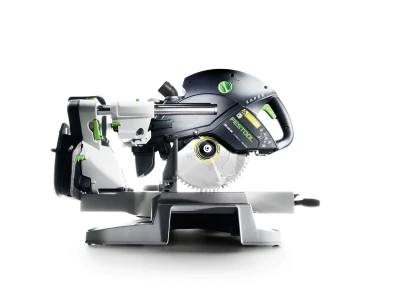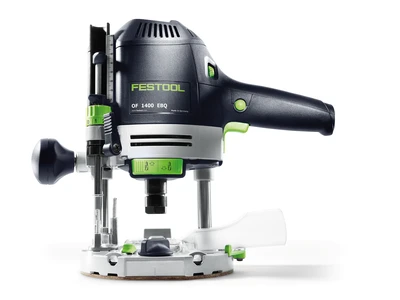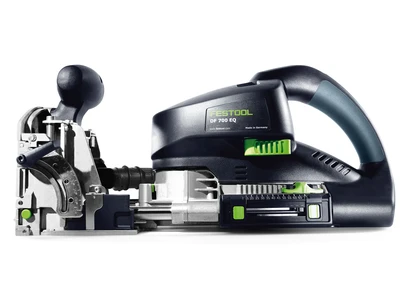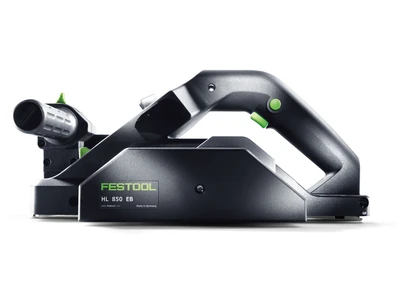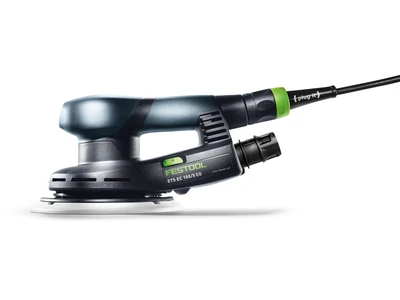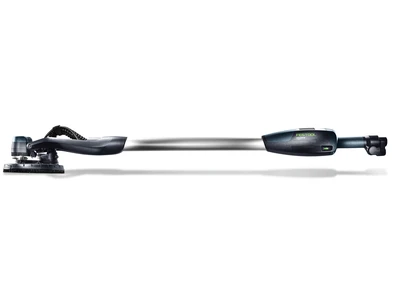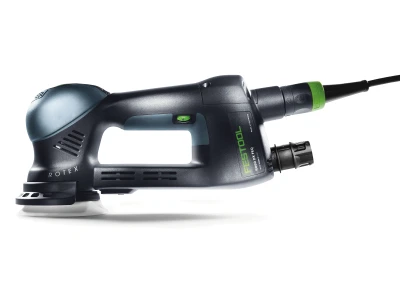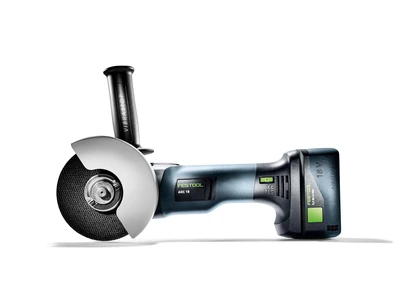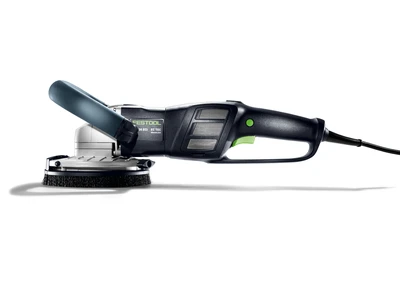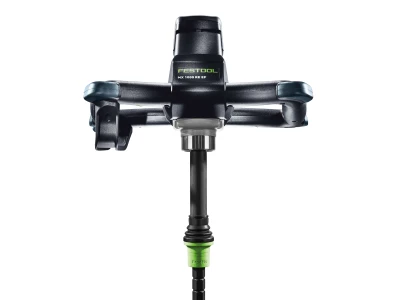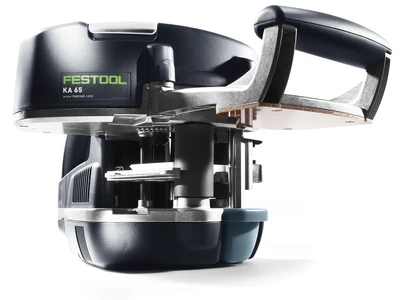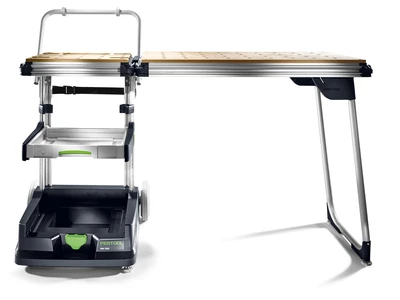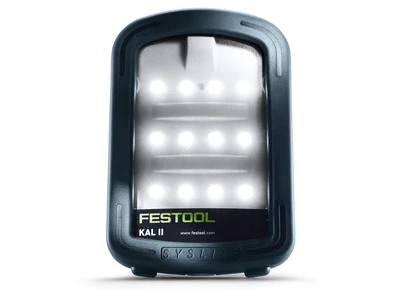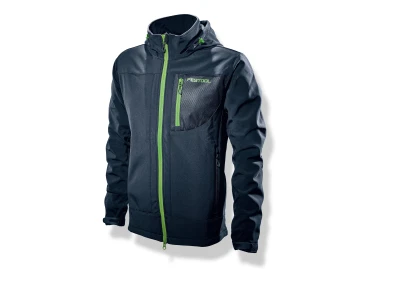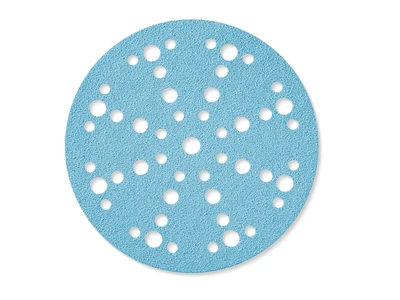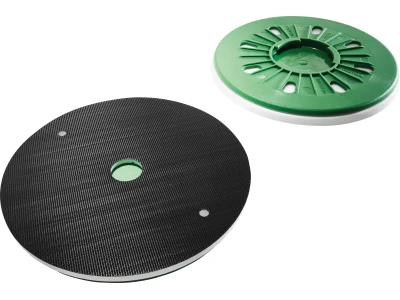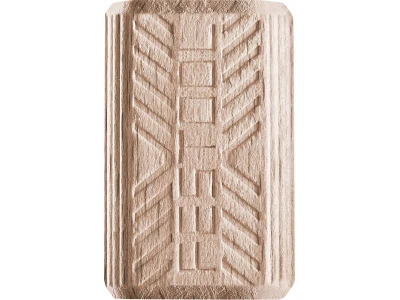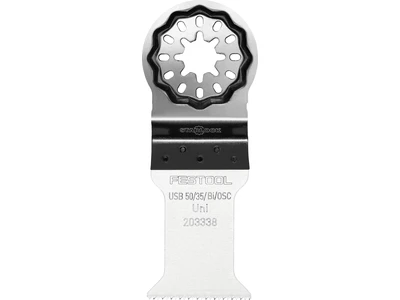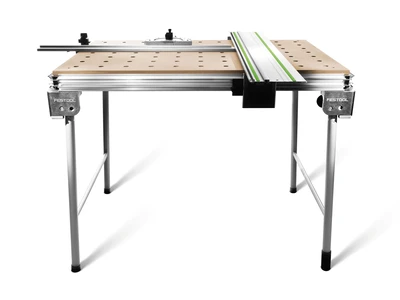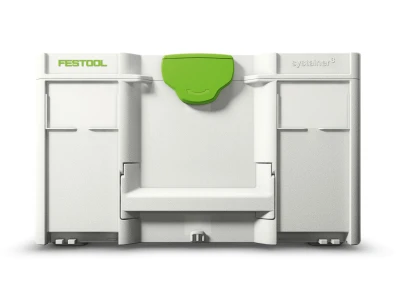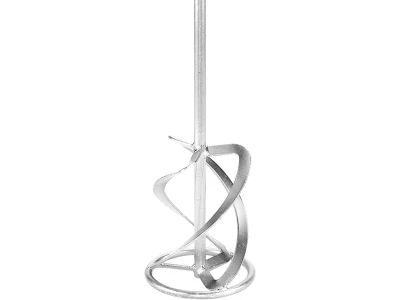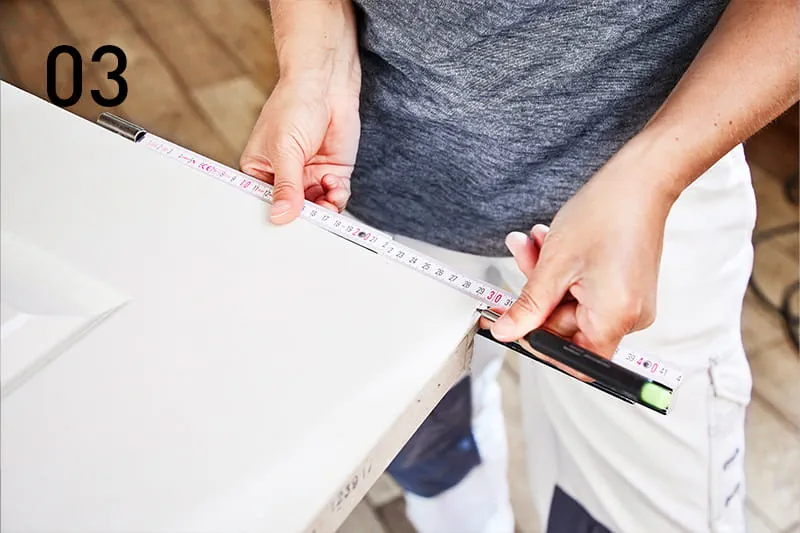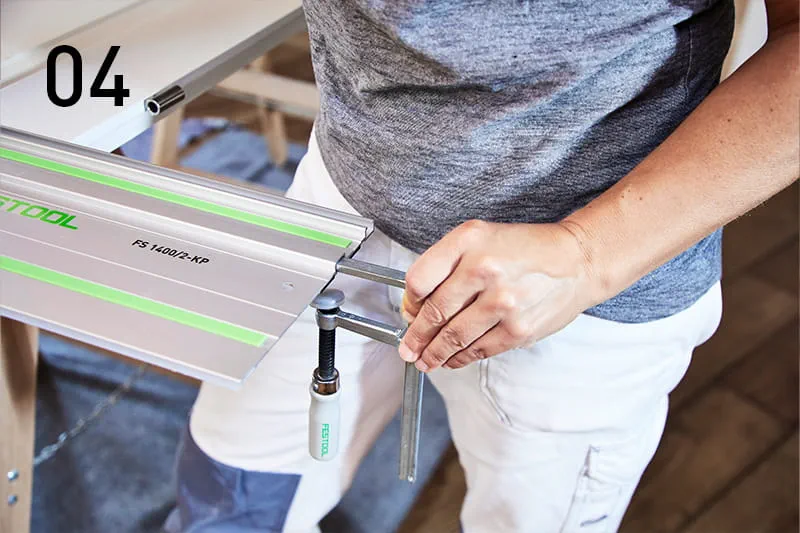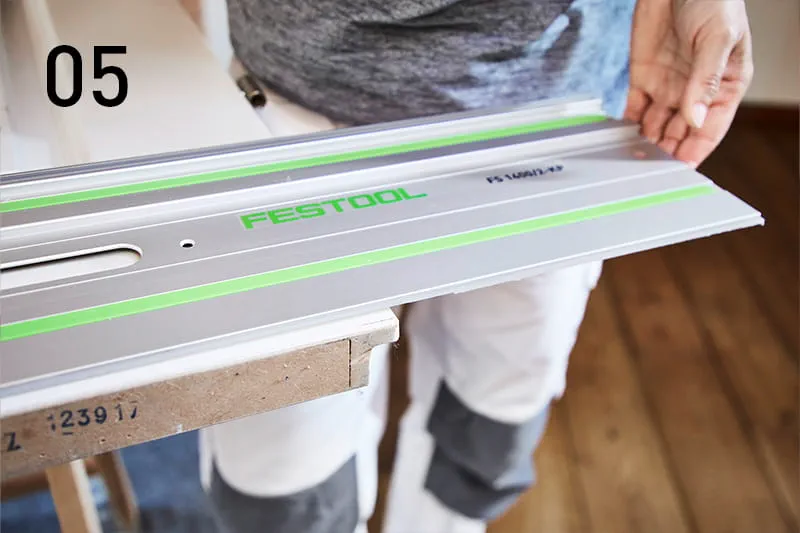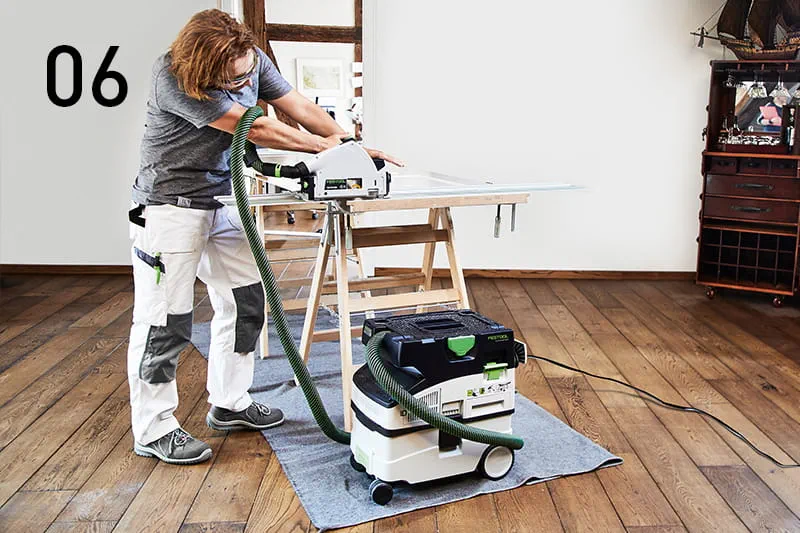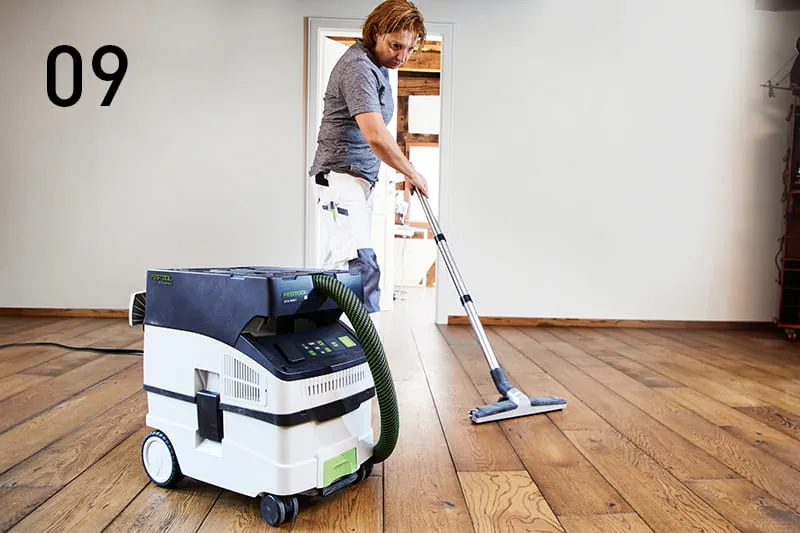
*Please note that there are different country versions of this press release available BG | CZ | DE | DK | EE | EN | ES | FI | FR | HU | IT | LT | LV | NL | PL | RO | SE
Find them in the media set to download.
During renovations/restorations of old buildings, it is not uncommon for the floor to have been laid perfectly but the doors do not subsequently fit in the frames. What happens then? At this point, it is more a question of precision than guesswork. Specialist Nadja Körbel from Festool shows you how to cut doors to length professionally in nine steps.
While it is not usually a surprise during renovations/restorations, it is still a pain: You are celebrating that the parquet flooring is finally laid, but then discover that the doors no longer fit in the frames. Obviously that needs to be fixed. Festool's training consultant Nadja Körbel explains the best way to go about this and what you need to watch out for. She is an experienced floor installer and the perfect person to answer this question.
Precision not guesswork is needed
If you establish that the doors do not fit in the frames, proceed as follows: To protect your body, you should ideally remove the doors so that your back is holding the door and your knees are bearing the weight. Measure the required length directly on the frame: In doing so, take the measurement precisely and measure the distance along the frame from the top edge of the door hinge to the floor – on both sides. To work on the doors in a comfortable position, lay the door on two stands or, if available, the STM 1800 mobile saw table and workbench is also ideal. When the door is securely positioned on the work surface, transfer the measurements you have taken. Nadja Körbel recommends using a guide rail to precisely cut the door to length. This can be easily positioned in the lower groove using a fastening clamp. Then make any fine adjustments to the guide rail by aligning the guide rail so that the splinter guard is positioned exactly on the mark. Now comes the crucial work step: "For a precise cut, I prefer to use our new TSC 55 K plunge-cut saw with KickbackStop together with the CT MIDI extractor. This ensures a perfectly precise cut which can be achieved free of cables and dust," Nadja Körbel recommends. Next, the training consultant blunts the edges by lightly grinding the cut edges using a hand-sanding block or abrasive sponge. Last but not least, she hangs the door, makes any fine adjustments via the door hinges and leaves the construction site clean by using the CT MIDI extractor to clean up everything and thereby leaves it dust free for the customer.
Further information, feedback, guides and practical examples are available at
www.festool.co.uk
Image Source: Festool GmbH



